May 20, 2025 | 08:10 GMT +7
May 20, 2025 | 08:10 GMT +7
Hotline: 0913.378.918
May 20, 2025 | 08:10 GMT +7
Hotline: 0913.378.918
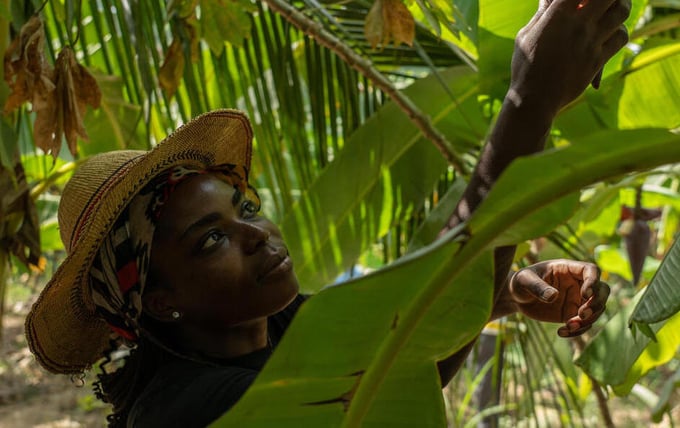
A woman entrepreneur inspecting plantain fruits.
Investing in gender equality and women’s empowerment is not only more urgent than ever but also an incredibly smart investment to generate economic growth, food security, income opportunities and better lives, particularly in rural areas where most of the world’s poorest live. That will be the message tomorrow on International Women’s Day from leaders at the Rome-based United Nations agriculture and food agencies event - Invest in Women: accelerate progress.
Closing gender gaps in farm productivity and wages within agrifood systems could boost the global domestic product by 1 percent, representing nearly US$1 trillion, and decrease global food insecurity levels, leading to 45 million more people being food-secure, according to the 2023 FAO status of women in agrifood systems report.
"Investing in women means investing in sustainable development. The return on investment isn't just being able to beat poverty and inequality but building stronger institutions, economies and entire communities,” said Gerardine Mukeshimana, Vice-President of the International Fund for Agricultural Development (IFAD).
“Given women’s crucial role in rural economies and agrifood systems, particularly in low- and middle-income countries, addressing the gender gap in financing is critical for more inclusive and equitable rural development. Bridging this gap not only empowers women but can also have significant benefits for their households and communities,” said Maria Helena Semedo, Deputy Director-General, Food and Agriculture Organization of the United Nations (FAO).
“When we invest in women and girls, we nurture entire communities,” said Valerie Guarnieri, World Food Programme (WFP) Assistant Executive Director, Programme Operations. “We can win the battle against hunger and malnutrition by empowering and supporting women to take the lead.”
Today, only four percent of total bilateral aid is dedicated to programs with gender equality as the principal objective, according to the Organisation for Economic Cooperation and Development (OECD) 2022 Gender snapshot. Furthermore, the existing funding gap to achieve gender equality in key areas, including reaching the Sustainable Development Goals to end hunger and poverty and supporting equal participation of women in societies by 2030, is about US$360 billion annually in 48 developing countries (FAO 2023).
Agrifood systems are an important source of income for women in many countries. In Sub-Saharan Africa, for example, 66 percent of women’s employment is in agrifood systems, and in southern Asia, it is as much as 71 percent. Women are essential to global, regional and national food security (FAO 2023).
Yet, women’s unequal status, due to discriminatory social norms present in society and agrifood systems, leaves them vulnerable to hunger and poverty. In 2022, 388 million women and girls lived in extreme poverty and 27.8 percent of women were moderately or severely food insecure.
This overall picture of gender disparity is starkly evident in rural areas. Limited access to assets and agricultural inputs generates a land productivity gender gap, with a 24 percent difference between productivity from female versus male-managed farms of the same size. Women earn, on average, 18.4 percent less in wage employment in agriculture: when men earn one dollar, women earn about 82 cents. Also, heatwaves and floods affect rural women and men differently and widen the income gap, as highlighted in the Unjust Climate report (FAO 2024).
The Rome-based agencies (RBAs) are calling for strong political commitment and increased and accelerated investments in gender equality and women’s empowerment to improve food security and livelihoods and economic and social well-being for all.
The solutions lie in investing in women’s and girls’ capacity through education, developing leadership skills and by addressing discriminatory social norms that limit their opportunities. Strengthening land rights for women is also essential as is ensuring women’s equal access to resources, including financial and extension services, to bridge productivity gaps.
In close collaboration with IFAD and WFP, FAO plans to launch a major global initiative to advance gender equality and women’s empowerment at the 68th session of the Commission on the Status of Women, which will take place from 11 to 22 March 2024, harnessing the momentum generated by the Committee on World Food Security (CFS) "Voluntary Guidelines on Gender Equality and Women's and Girls' Empowerment in Food Security and Nutrition" endorsed in 2023 and the 2023 FAO “Status of women in agrifood systems” report.
The RBAs are also spearheading gender-transformative approaches within agricultural and rural development projects, challenging gender norms and practices, power dynamics and decision-making processes through the Joint Programme on Gender Transformative Approaches for Food Security, Improved Nutrition and sustainable Agriculture. With UN Women, the Rome-based agencies are also implementing the Joint Programme on Rural Women's Economic Empowerment, a global initiative to secure rural women’s livelihoods, rights and resilience.
This overall picture of gender disparity is starkly evident in rural areas. Limited access to assets and agricultural inputs generates a land productivity gender gap, with a 24 percent difference between productivity from female versus male-managed farms of the same size. Women earn, on average, 18.4 percent less in wage employment in agriculture: when men earn one dollar, women earn about 82 cents. Also, heatwaves and floods affect rural women and men differently and widen the income gap, as highlighted in the Unjust Climate report (FAO 2024).
(FAO)

(VAN) World Environment Day 2025 (June 5) carries the theme 'Beat Plastic Pollution' continuing to emphasize the global urgency of addressing the plastic waste crisis.

(VAN) This was the assessment shared by experts at the workshop titled 'Assessing the Role and Potential of Low-Emission Rice Production Systems in Vietnam,' held on the morning of May 19.

(VAN) Cai Rong Port is the fisheries control center of Quang Ninh, helping to monitor fishing vessels, combat IUU fishing, and remove the EC's 'yellow card'.
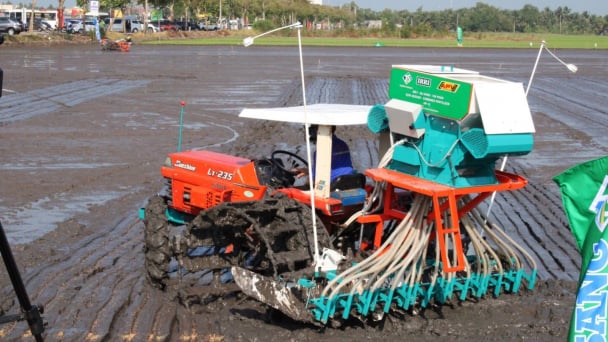
(VAN) The German Agricultural Society (DLG) explores the possibility of establishing a mechanization service center in Vietnam’s Mekong Delta to support farmers in accessing and utilizing advanced machinery.
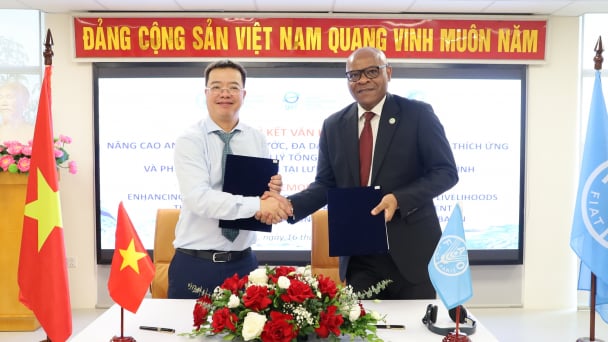
(VAN) On May 16, the Department of Water Resources Management, in collaboration with the Food and Agriculture Organization of the United Nations (FAO), held a signing ceremony for the GEF-8 project document.
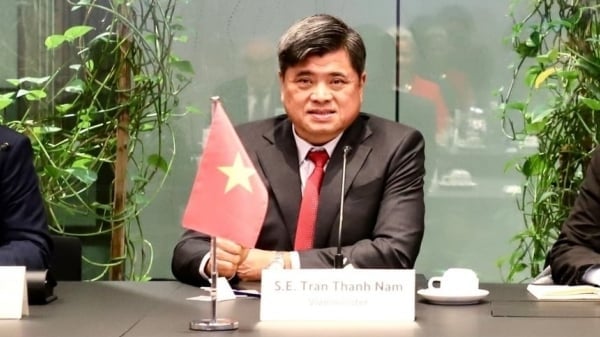
(VAN) Food safety, mechanization, vocational training, and market opening are key areas of cooperation expected between the Vietnamese Government and the Federal Republic of Germany.
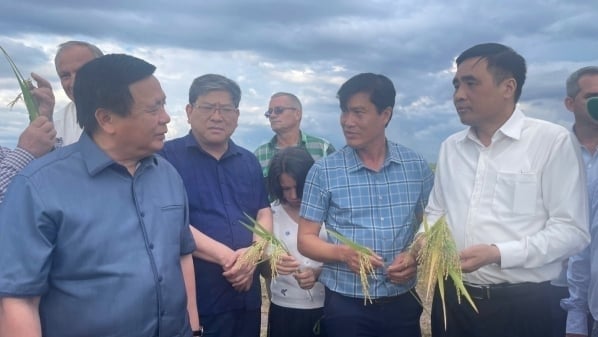
(VAN) Deputy Minister Nguyen Quoc Tri also expressed his hope that Cuba will soon overcome its current challenges, attain food security, and further expand cooperation with Vietnam.